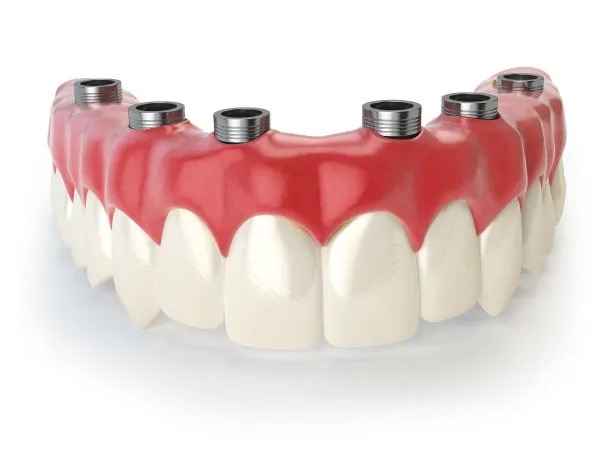Understanding Periodontal Disease Its Causes Symptoms and Effective Treatment Options for Healthy Smiles
Summary: Periodontal disease, commonly referred to as gum disease, is an inflammatory condition affecting the tissues surrounding and supporting the teeth. This article delves into the various aspects of periodontal disease, including its causes, symptoms, and effective treatment options to promote healthy smiles. First, we explore the root causes of this condition, elucidating factors such as bacteria, lifestyle choices, and genetics. Next, we highlight the symptoms that can manifest, from mild signs to more severe indications of gum health deterioration. Then we discuss effective treatment options available, ranging from non-invasive techniques to surgical interventions, emphasizing the importance of early detection. Lastly, the article stresses the value of ongoing dental care as a preventive measure. Understanding these aspects can empower individuals to seek timely intervention for better oral health.
1. Causes of Periodontal Disease to Know

Periodontal disease primarily arises due to extensive bacterial growth in the mouth, which leads to infection in the gums. When plaque is not removed through regular brushing and flossing, it hardens into tartar, providing a breeding ground for bacteria. Over time, these bacteria produce toxins that trigger chronic inflammation and destruction of bone and tissue that support the teeth.
Besides poor oral hygiene, factors such as smoking and tobacco use also play a significant role in developing gum disease. These substances not only impair blood flow to the gums but also reduce the effectiveness of gum tissue healing, complicating any signs of inflammation. Consequently, tobacco users are at a higher risk of severe periodontal issues.
Genetics can also contribute to an individual’s susceptibility to periodontal disease. Certain genetic factors can make some people more prone to gum disease, irrespective of their oral hygiene practices. People with a family history of periodontal issues are encouraged to increase their awareness and preventive care measures.
2. Symptoms Indicating Gum Disease
Recognizing the symptoms of periodontal disease is crucial for effective treatment and management. One of the earliest signs is swollen, red gums that may bleed during brushing or flossing. This condition, known as gingivitis, is reversible with improved oral hygiene but can progress if left untreated.
As the disease advances, individuals may experience persistent bad breath and a noticeable change in the way their teeth fit together when they bite. Pockets may also form between the teeth and gums, which can trap food particles and bacteria, worsening the condition. In some cases, teeth may become loose, signaling a more severe stage of periodontal disease.
Pain or discomfort while chewing and contributed sensitivity to hot or cold foods can also indicate worsening gum health. Awareness of these symptoms must trigger early intervention to prevent further complications, including tooth loss.
3. Treatment Options for Periodontal Disease
Early-stage periodontal disease often requires non-surgical treatments, such as professional dental cleanings. These cleanings can effectively remove plaque and tartar buildup, helping patients reclaim their gum health. Regular visits to the dentist for check-ups play a vital role in monitoring and addressing any concerning signs before they progress.
For more advanced cases, scaling and root planing are beneficial treatments. This deep-cleaning process involves scraping away tartar from below the gumline and smoothing the roots of teeth, which helps the gums reattach and heal. Patients may require multiple sessions for optimal results.
When periodontal disease reaches an advanced stage, surgical interventions might be necessary. Techniques such as flap surgery or bone grafting can restore health to severely damaged areas. These procedures aim to remove infected tissue and regenerate lost bone, allowing for improved support for teeth. Customized aftercare and maintenance are critical to sustaining oral health post-surgery.
4. Preventive Measures for Healthy Gums
A proactive approach is essential not only for preventing periodontal disease but also for maintaining overall oral health. Regular dental check-ups, at least twice a year, are necessary for early detection and intervention. Dentists can provide personalized advice on effective brushing and flossing techniques tailored to individual needs.
Maintaining a balanced diet rich in vitamins and minerals supports gum health. Foods high in antioxidants, such as fruits and vegetables, can help combat inflammation. Additionally, limiting sugar intake can reduce plaque formation, minimizing the risk for gum disease.
Quitting smoking and using tobacco products significantly lowers the risk of developing periodontal issues. These lifestyle changes, combined with good oral hygiene practices and routine dental visits, create a solid foundation for healthy gums and teeth, preventing many oral health problems.
Summary:
Understanding periodontal disease, its causes, symptoms, and treatment options can significantly enhance ones approach to oral health maintenance. Early detection and comprehensive care play vital roles in effectively managing the condition and promoting healthy smiles.
This article is compiled by Vickong Dental and the content is for reference only.



